
漢德百科全書 | 汉德百科全书
 Germany
Germany





 Azerbaijan
Azerbaijan
 Australia
Australia
 Bahrain
Bahrain
 Belgium
Belgium
 Brazil
Brazil
 China
China
 Germany
Germany
 Formel-1-Weltmeisterschaft 2017
Formel-1-Weltmeisterschaft 2017
 Formel-1-Weltmeisterschaft 2018
Formel-1-Weltmeisterschaft 2018
 France
France
 India
India
 Italy
Italy
 Japan
Japan
 Canada
Canada
 Mexico
Mexico
 Monaco
Monaco
 Austria
Austria
 Switzerland
Switzerland
 Spain
Spain

 Sport
Sport
 Hungary
Hungary
 United Arab Emirates
United Arab Emirates
 United States
United States
 United Kingdom
United Kingdom

Die Formel 1 ist eine vom Automobil-Dachverband Fédération Internationale de l’Automobile (FIA) festgelegte Formelserie. Hersteller konstruieren Autos, die den Formel-1-Regeln entsprechen. Diese Autos treten im Rahmen der Formel-1-Weltmeisterschaft zu Rennen in ungefähr 20 Orten pro Jahr an. Am Ende der Saison wird der Fahrer mit den meisten Punkten F1 Fahrerweltmeister und der Hersteller mit den meisten Punkten Konstrukteursweltmeister.
Die Formel 1 ist die höchstrangige von der FIA veranstaltete Rennserie des Formelsports. Sie wird als Königsklasse des Automobilsports bezeichnet, da sie den Anspruch erhebt, die höchsten technischen, fahrerischen, aber auch finanziellen Anforderungen aller Rennserien an Fahrer und Konstrukteure zu stellen. Sie wird auch kurz F1 genannt. Die F1 Weltmeisterschaft heißt offiziell FIA Formula One World Championship, bis 1980 hat sie Automobil-Weltmeisterschaft geheissen.
一级方程式赛车(英语:Formula One,也叫Formula 1或者F1)是由国际汽车联盟举办的最高等级的年度系列场地方程式赛车比赛,正式名称为“国际汽车联合会世界一级方程式锦标赛”。名称中“方程式”是指一组所有参赛车辆都必须遵守的规则[1]。F1赛季包括一系列的比赛,而这些所谓的“大奖赛”(Grand Prix,出自法语,本意Great Prizes)的场地是全封闭的专门赛道或者是临时封闭的普通公路。每场比赛的结果算入积分系统并以此确定两个年度世界冠军:一个给车手和另一个给制造商。F1的车手、制造商、组织者以及赛道都必须持有FIA超级驾驶执照,这是国际汽联颁发的最高级别执照。
一级方程式赛车通过产生大量的空气动力学下压力达到非常高的过弯速度,是风靡全球的赛车运动。发动机性能限制在每分钟最多15000转时,其比赛最高速度就可以超过360公里/小时。赛车过弯的横向加速度超过5个标准重力。F1赛车的性能非常依赖电子系统(牵引力控制系统和其他辅助驾驶装置自2008年已被禁止)、空气动力学、悬挂和轮胎。
Formula One (also Formula 1 or F1) is the highest class of single-seater auto racing sanctioned by the Fédération Internationale de l'Automobile (FIA) and owned by the Formula One Group. The FIA Formula One World Championship has been one of the premier forms of racing around the world since its inaugural season in 1950. The "formula" in the name refers to the set of rules to which all participants' cars must conform.[2] A Formula One season consists of a series of races, known as Grands Prix (French for "grand prizes" or "great prizes"), which are held worldwide on purpose-built circuits and public roads.
The results of each race are evaluated using a points system to determine two annual World Championships: one for drivers, the other for constructors. Drivers must hold valid Super Licences, the highest class of racing licence issued by the FIA.[3] The races are required to be held on tracks graded "1" (formerly "A"), the highest grade rating issued by the FIA.[3] Most events are held in rural locations on purpose-built tracks, but there are several events in city centres throughout the world, with the Monaco Grand Prix being the most well-known.
Formula One cars are the fastest regulated road course racing cars in the world, owing to very high cornering speeds achieved through the generation of large amounts of aerodynamic downforce. The cars underwent major changes in 2017,[4] allowing wider front and rear wings, and wider tyres, resulting in cornering forces closing in on 8g and top speeds of up to approximately 375 km/h (230 mph).[5] The hybrid engines are currently limited in performance to a maximum of 15,000 rpm and the cars are very dependent on electronics—although traction control and other driving aids have been banned since 2008—and also on aerodynamics, suspension, and tyres.
While Europe is the sport's traditional base, the championship is truly global, with 11 of the 21 races in the 2018 season taking place outside Europe. With the annual cost of running a mid-tier team—designing, building, and maintaining cars, pay, transport—being US$120 million,[6] Formula One has a significant economic and job-creation effect, and its financial and political battles are widely reported. Its high profile and popularity have created a major merchandising environment, which has resulted in large investments from sponsors and budgets (in the hundreds of millions for the constructors). On 8 September 2016, it was announced that Liberty Media had agreed to buy Delta Topco, the company that controls Formula One, from private equity firm CVC Capital Partners for $4.4 billion in cash, stock, and convertible debt.[7] On 23 January 2017, it was confirmed that the acquisition had been completed, for $8 billion.[8]
La Formule 1, communément abrégée en F1, est une discipline de sport automobile considérée comme la catégorie reine de ce sport. Elle a pris au fil des ans une dimension mondiale et elle est, avec les Jeux olympiques et la Coupe du monde de football, l'un des événements sportifs les plus médiatisés.
Chaque année depuis 1950, un championnat mondial des pilotes est organisé, complété depuis 1958 par un championnat mondial des constructeurs automobiles. La compétition est basée sur des Grands Prix, courses à bord de voitures monoplaces disputées sur circuits routiers fermés permanents mais parfois tracés en ville et temporaires, comme à Monaco, Valence, Singapour, et Bakou.
Cette discipline sportive, régie par la Fédération internationale de l'automobile (FIA), est gérée par la Formula One Administration (FOA) et un ensemble de sociétés satellites contrôlées par Liberty Media. Après l'ère des artisans des années 1960 et 1970, elle a peu à peu attiré les grands constructeurs automobiles mondiaux qui y investissent des sommes élevées, en espérant tirer profit des retombées médiatiques d'éventuels succès. La Formule 1 est considérée comme la vitrine technologique de l'industrie automobile qui y expérimente des nouveautés techniques, parfois issues de la technologie spatiale et susceptibles d'être adaptées ensuite sur les voitures de série.
Outre la compétition, le terme Formule 1 désigne l'ensemble des règles techniques des voitures monoplaces qui sont mises à jour tous les ans par la FIA. Ces règles sont très strictes sur les dimensions des voitures, la cylindrée des moteurs, les technologies mises en œuvre ; elles définissent également les mesures de sécurité des voitures pour assurer la protection du pilote. Les monoplaces de course répondant aux caractéristiques de la réglementation de la Formule 1 sont généralement désignées sous le terme générique de Formules 1.
La Formula 1 o Formula Uno,[1] in sigla F1, è la massima categoria (in termini prestazionali) di vetture monoposto a ruote scoperte da corsa su circuito definita dalla Federazione Internazionale dell'Automobile (FIA).
La categoria è nata nel 1948 (in sostituzione della Formula A, a sua volta sorta solo qualche anno prima, nel 1946), diventando poi a carattere mondiale nella stagione 1950. Inizialmente definita dalla Commissione Sportiva Internazionale (CSI) dell'Associazione Internazionale degli Automobil Club Riconosciuti (AIACR), associazione antesignana della Federazione Internazionale dell'Automobile, oggi la Formula Uno è regolata dal Consiglio Mondiale degli Sport Motoristici (in inglese: World Motor Sport Council, WMSC) della Federazione Internazionale dell'Automobile.
Il termine "formula", presente nel nome, fa riferimento a un insieme di regole alle quali tutti i partecipanti, le macchine e i piloti, devono adeguarsi; esse introducono un numero di restrizioni e specifiche nelle auto, al fine di evitare le eccessive disparità tecniche tra le auto, di porre dei limiti al loro sviluppo e di ridurre i rischi di incidenti. La formula ha avuto molti cambiamenti durante la sua storia. Ad esempio, ci sono stati differenti tipi di motori, con schemi da quattro fino a sedici cilindri e con cilindrate da 1,5 a 4,5 l.
La Fórmula 1, abreviada como F1 y también denominada la «categoría reina del automovilismo»1 o «la máxima categoría del automovilismo»,23 es la competición de automovilismo internacional más popular y prestigiosa, superando a categorías de automovilismo como la NASCAR, el Campeonato Mundial de Rally, el Campeonato Mundial de Turismos o la Fórmula E, entre otras.4 A cada carrera se le denomina Gran Premio y el torneo que las agrupa se denomina Campeonato Mundial de Fórmula 1. La entidad que la dirige es la Federación Internacional del Automóvil (FIA). El Formula One Group es controlado por la empresa estadounidense Liberty Media desde septiembre de 2016.5
Los automóviles utilizados son monoplazas con la última tecnología disponible, siempre limitadas por un reglamento técnico; algunas mejoras que fueron desarrolladas en la Fórmula 1 terminaron siendo utilizadas en automóviles comerciales, como el freno de disco.6 La mayoría de los circuitos de carreras donde se celebran los Grandes Premios son autódromos, aunque también se utilizan circuitos callejeros y anteriormente se utilizaron circuitos ruteros.
El inicio de la Fórmula 1 moderna se remonta al año 1950, en el que participaron escuderías como Ferrari, Alfa Romeo y Maserati. Algunas fueron reemplazadas por otras nuevas como McLaren, Williams, Red Bull y Renault, que se han alzado varias veces con el Campeonato Mundial de Constructores. Las escuderías tienen que planear sus fichajes y renovación de contratos 2 o 3 carreras antes del fin de la temporada. Por su parte, los pilotos deben contar con la superlicencia de la FIA para competir, que se obtiene sobre la base de resultados en otros campeonatos.

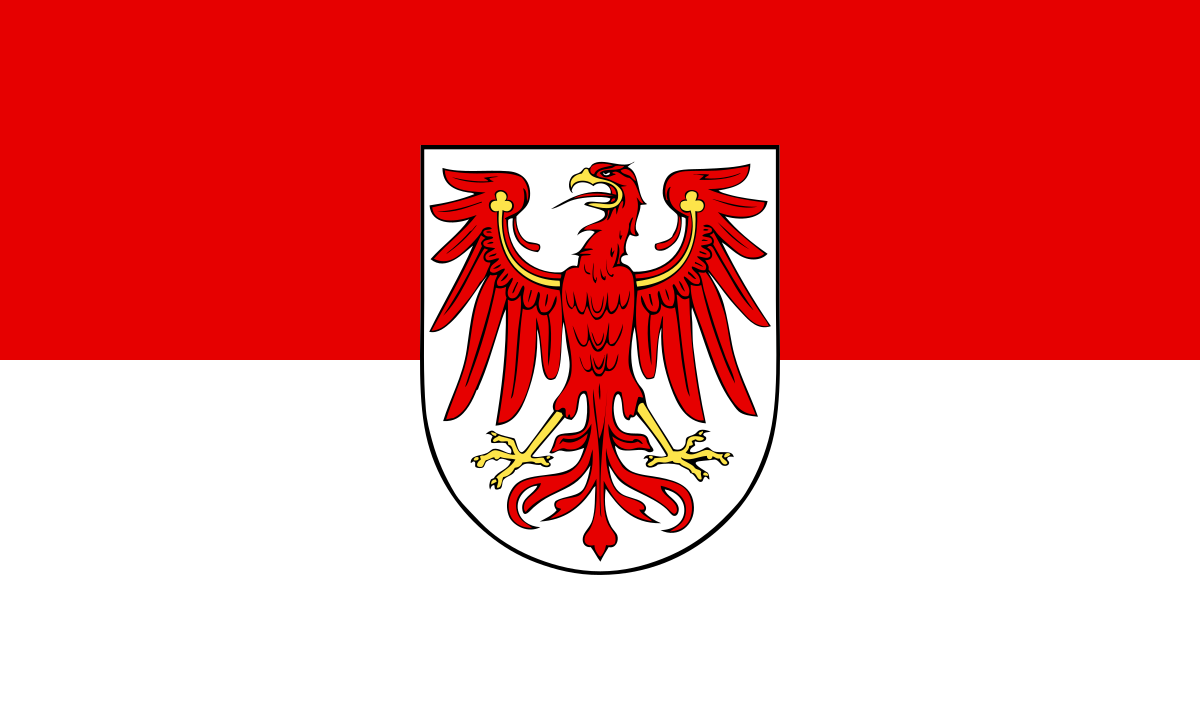 Brandenburg
Brandenburg
 Germany
Germany
 Elbe
Elbe

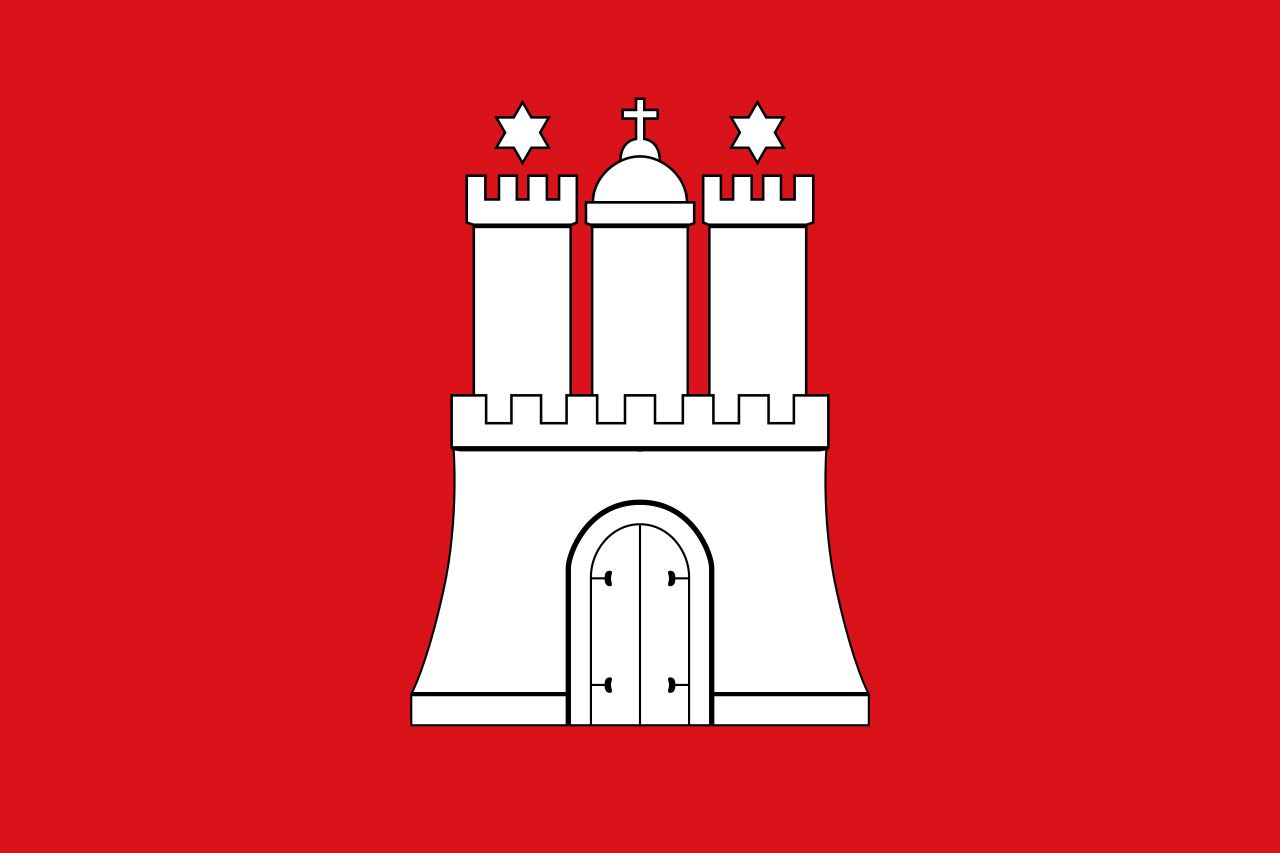 Hamburg
Hamburg

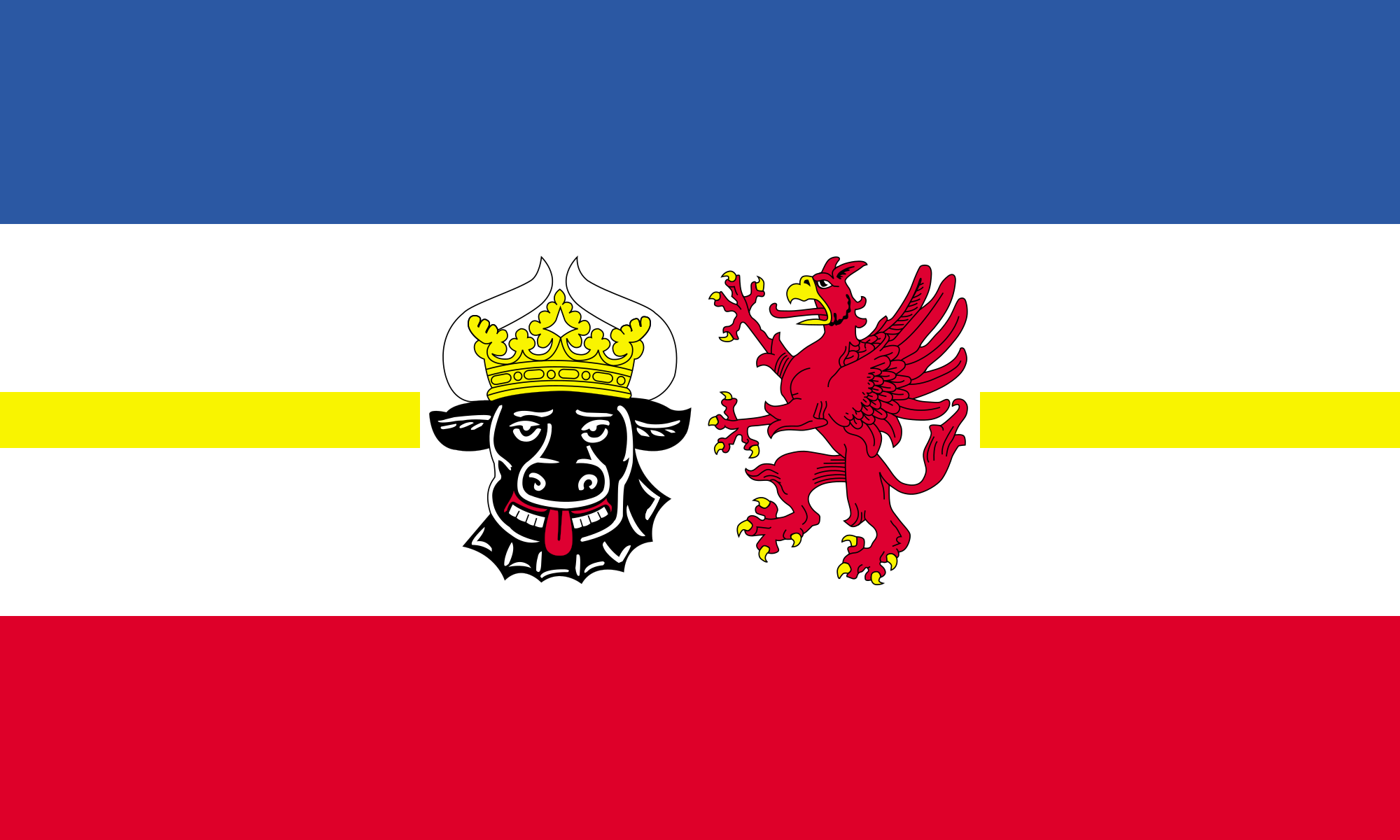 Mecklenburg-Vorpommern
Mecklenburg-Vorpommern
 Vltava
Vltava

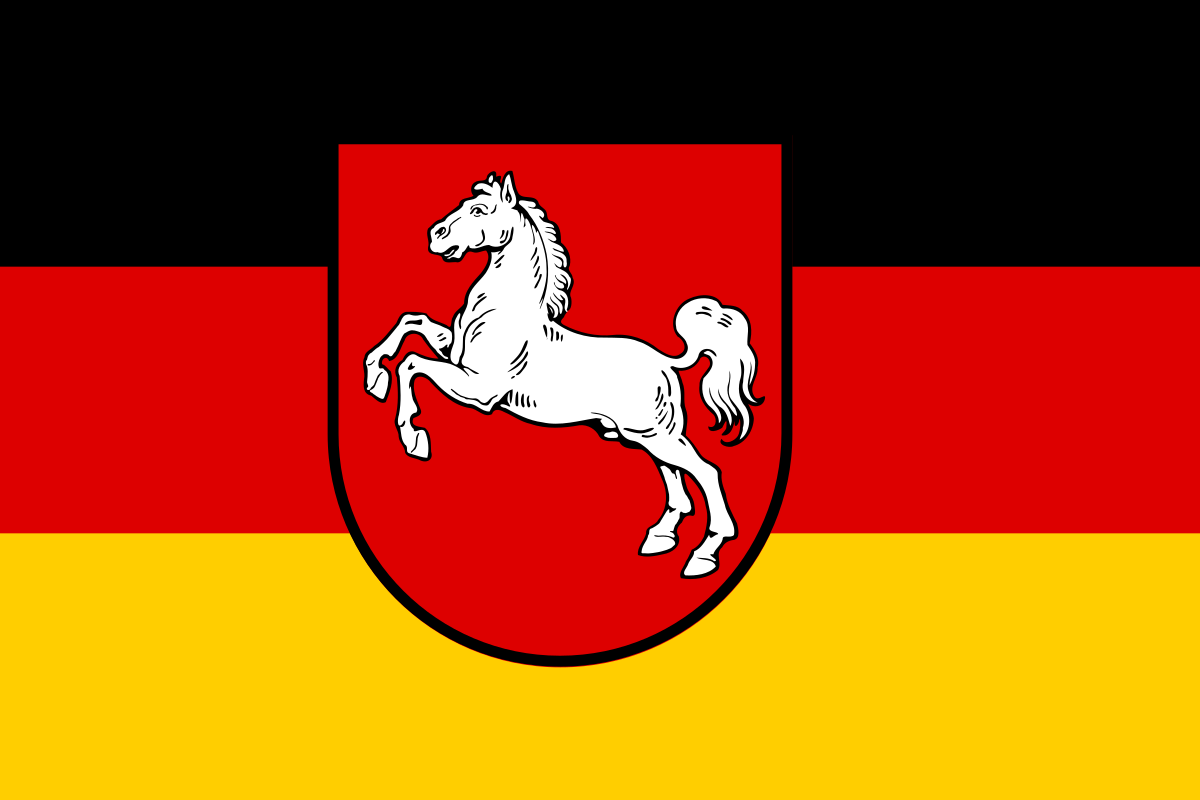 Lower Saxony
Lower Saxony
 Kiel Canal
Kiel Canal
 Austria
Austria
 Poland
Poland

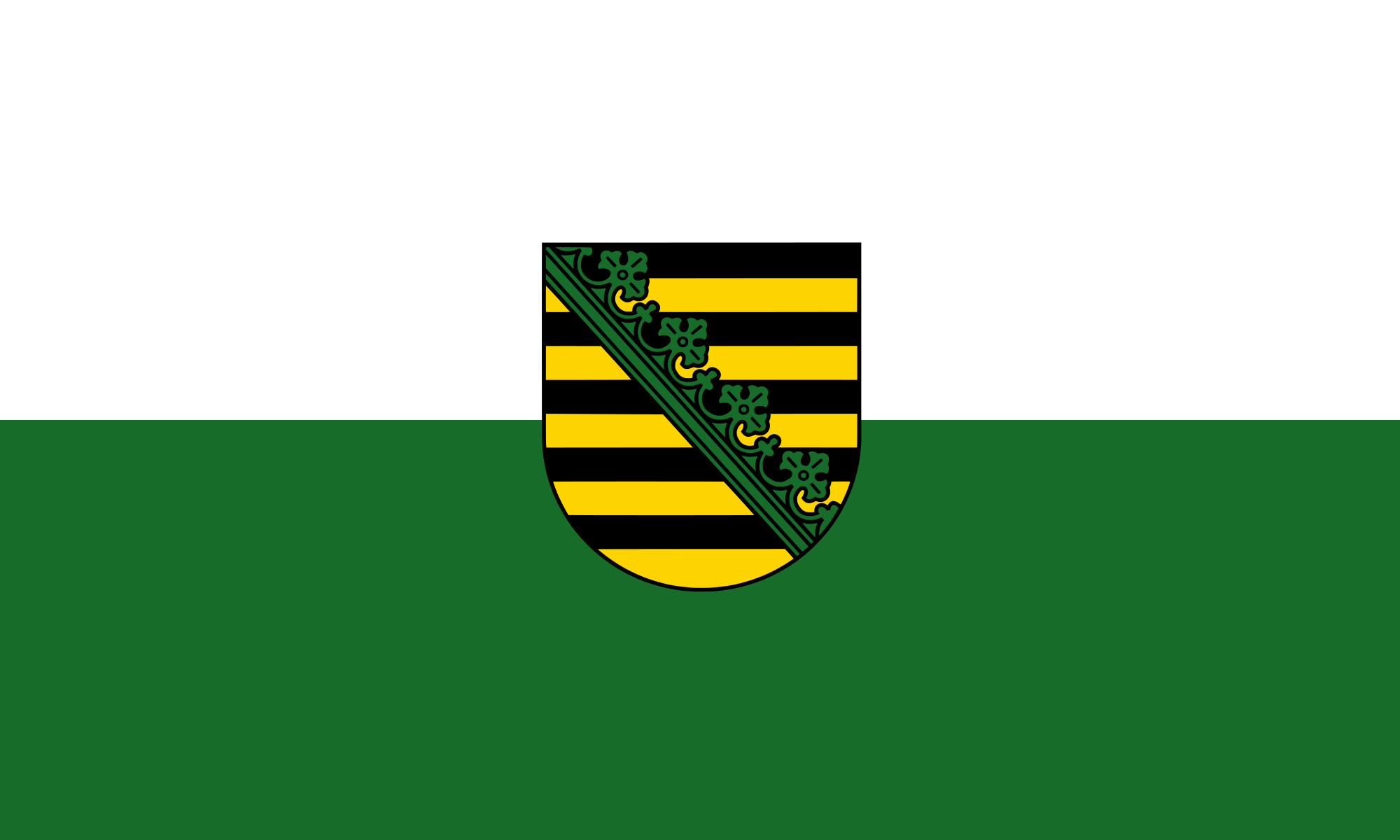 Saxony
Saxony

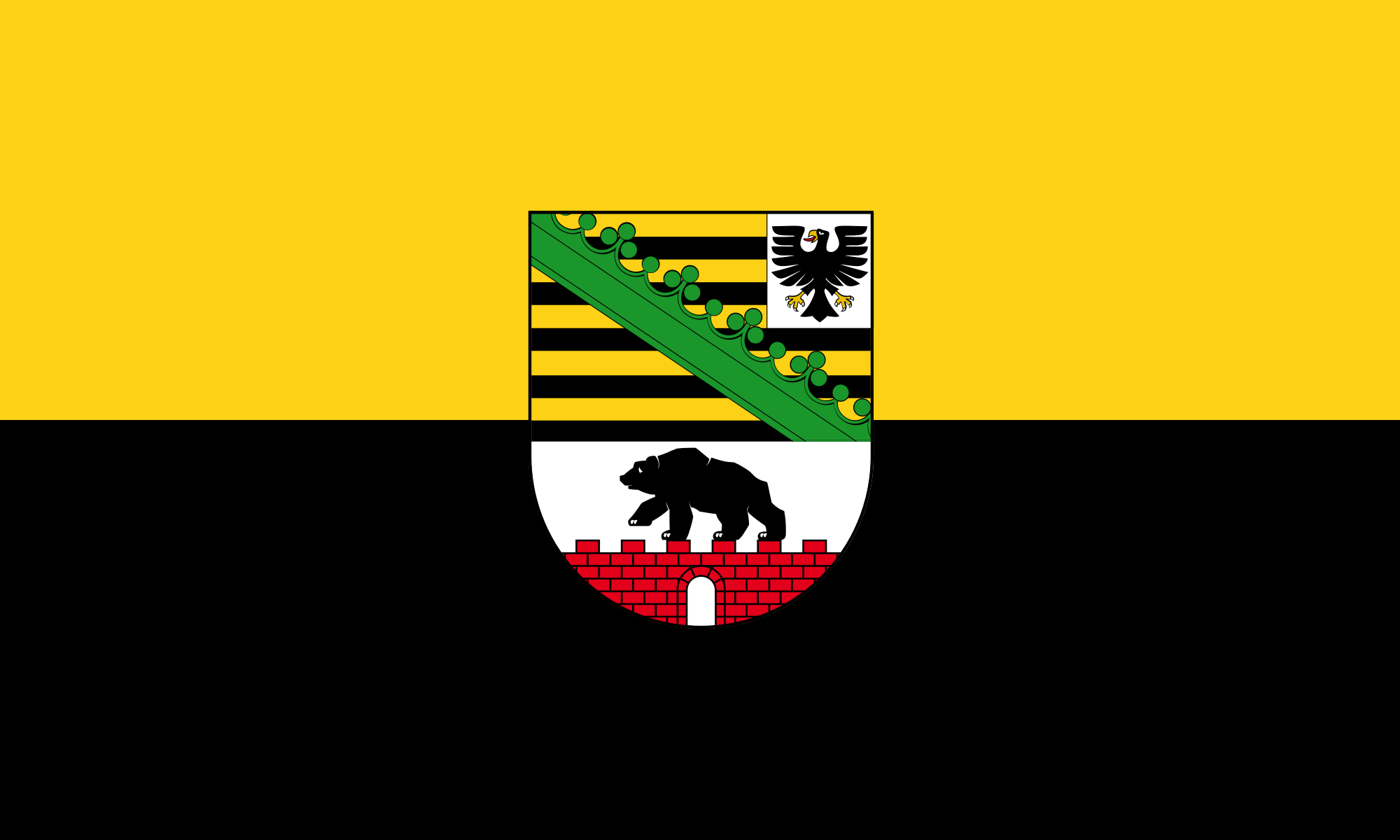 Saxony-Anhalt
Saxony-Anhalt

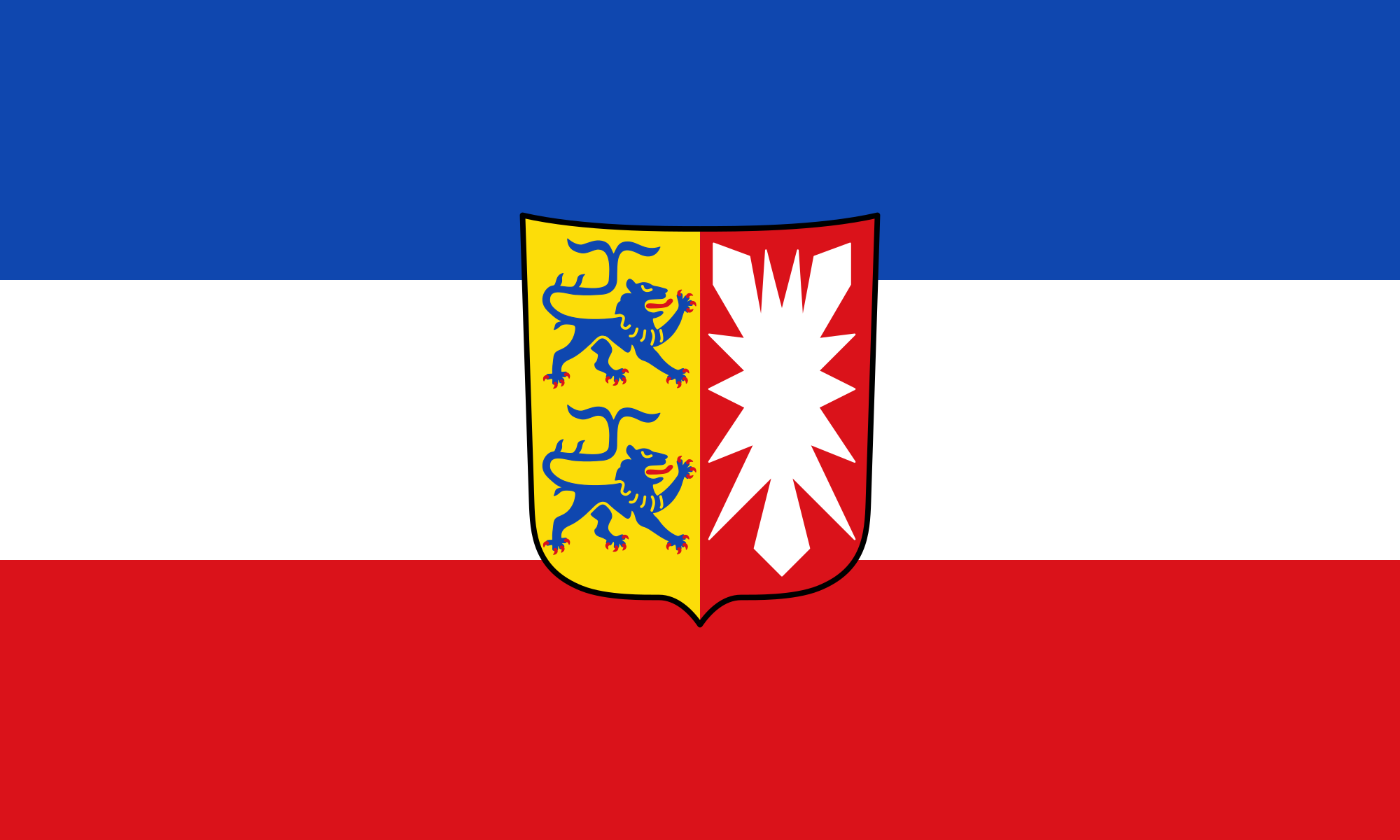 Schleswig-Holstein
Schleswig-Holstein
 Czech Republic
Czech Republic
Die Elbe (niederdeutsch Elv, tschechisch Labe, lateinisch Albis) ist ein mitteleuropäischer Strom, der in Tschechien entspringt, durch Deutschland fließt und in die Nordsee mündet. Sie ist der einzige Fluss, der das von Mittelgebirgen umschlossene Böhmen zur Nordsee hin entwässert. Zu den bekanntesten Gewässern ihres Einzugsgebiets gehören die Moldau, die Saale, die Havel mit der Spree und die Elde mit der Müritz. Im Oberlauf durch die Mittelgebirge geprägt, folgt sie im weiteren Verlauf zwei Urstromtälern des Norddeutschen Tieflands.
Gemessen an der Größe ihres Einzugsgebietes von 148.300 km² liegt sie für Mitteleuropa gemäß Liste der Flüsse in Europa an vierter Stelle hinter der Donau, der Weichsel und dem Rhein, gefolgt von Oder und Memel.[6]
易北河发源于捷克和波兰交接的苏台德山脉,向南进入捷克,再流成一个弧形转向西北流入德国,经汉堡流入北海。
易北河(德语:Elbe)在捷克语和波兰语中称为“拉贝河”(Labe,Łaba),都是由古斯堪的纳维亚语的“河流”一词演变来的。易北河发源于捷克和波兰交接的苏台德山脉,向南进入捷克,再流成一个弧形转向西北流入德国,经汉堡流入北海,是中欧地区的主要航运河道。
易北河从河源到德国的德累斯顿为上游,在山地中河流湍急,由许多小支流汇合而成,在接近德捷边境时河宽达140米,然后穿越一个狭窄的峡谷进入德国的平原地区。河宽达430米,到了汉堡以下为下游,河流宽达14.5公里,海轮可以经过宽阔的河道航行109公里直接到达汉堡,通过中德运河向西到达鲁尔工业区,向东到达柏林。700吨的货轮可以上溯到捷克,较小的船可以经由其支流到达布拉格。
易北河的年平均流量变化较大,1926年到1965年期间,最大流量达3617秒立方米,最小只有145秒立方米,因此给航运带来一定的不利影响。由于下游水位低,海潮可以直接到达汉堡,当有风暴时,洪水可以淹没汉堡部分市区。易北河的沿岸分布着许多欧洲重要的城市。
エルベ川(エルベがわ、ポーランド語: Łaba、チェコ語: Labe、ドイツ語: Die Elbe、低ザクセン語: De Elv)は、チェコ北部およびドイツ東部を流れ北海へと注ぐ国際河川である。全長約1,091kmはヨーロッパでは14番目に長く、このうち727kmがドイツ国内を占める。
ポーランド、チェコ国境地帯のズデーテン山地に源を発し、チェコ北部、ドイツ東部を北へ流れ、ハンブルク付近で北海に注ぐ。
ハンブルク南東付近にはエルベ・リューベック運河が延び、バルト海南西部リューベック湾との間を結んでいる。河口付近にはキール運河があり、バルト海のキール湾に接続している。
The Elbe (/ˈɛlbə/; Czech: ![]() Labe (help·info) [ˈlabɛ]; German: Elbe [ˈɛlbə]; Low German: Elv, historically in English also Elve[1][2][3]) is one of the major rivers of Central Europe. It rises in the Krkonoše Mountains of the northern Czech Republic before traversing much of Bohemia (Czech Republic), then Germany and flowing into the North Sea at Cuxhaven, 110 km (68 mi) northwest of Hamburg. Its total length is 1,094 kilometres (680 mi).[4]
Labe (help·info) [ˈlabɛ]; German: Elbe [ˈɛlbə]; Low German: Elv, historically in English also Elve[1][2][3]) is one of the major rivers of Central Europe. It rises in the Krkonoše Mountains of the northern Czech Republic before traversing much of Bohemia (Czech Republic), then Germany and flowing into the North Sea at Cuxhaven, 110 km (68 mi) northwest of Hamburg. Its total length is 1,094 kilometres (680 mi).[4]
The Elbe's major tributaries include the rivers Vltava, Saale, Havel, Mulde, Schwarze Elster, and Ohře.[4]
The Elbe river basin, comprising the Elbe and its tributaries, has a catchment area of 148,268 square kilometres (57,247 sq mi), the fourth largest in Europe. The basin spans four countries, with its largest parts in Germany (65.5%) and the Czech Republic (33.7%). Much smaller parts lie in Austria (0.6%) and Poland (0.2%). The basin is inhabited by 24.4 million people.[4]
L'Elbe (allemand Elbe, tchèque Labe, sorabe Łobjo) est un fleuve d'Europe centrale qui prend sa source en République tchèque dans les monts des Géants et, après un parcours situé en majeure partie en Allemagne, se jette dans la mer du Nord par un long estuaire d'une centaine de kilomètres sur lequel se trouve Hambourg, premier port d'Allemagne. La longueur de ce fleuve est de 1 091 kilomètres.
L'Elba (in tedesco: Elbe, in ceco: Labe) è uno dei fiumi più lunghi dell'Europa centrale (1165 Km). Nasce nel nord della Repubblica Ceca, nella catena montuosa dei Monti Sudeti, a circa 1 400 m di altezza. Attraversa quindi la Germania per sfociare poi nel Mare del Nord. La sua lunghezza totale è di 1 165 km.
El río Elba (en checo, Labe; en alemán, Elbe; en bajo alemán Elv; en latín, Albis) es uno de los principales ríos de la Europa central, el segundo más largo de los que desembocan en el mar del Norte, tras el Rin. Tiene una longitud de 1165 km (15.º más largo de Europa) y drena una cuenca de 148 268 km² (12.ª cuenca europea y 2.ª del mar del Norte) que corresponde a Alemania (65,5%), República Checa (33,7%), Austria (0,6%) y Polonia (0,2%). El sistema fluvial más largo de la cuenca corresponde al Elba–Moldava, con 1231 km.
El Elba nace en el norte de la República Checa, a 1386 m de altitud, en la vertiente meridional de los montañas de los Gigantes, y tras discurrir primero en dirección sureste y virar al noroeste, desemboca no lejos de Hamburgo en el mar del Norte.
Administrativamente, el río discurre por cuatro de las trece regiones de la República Checa —Hradec Králové, Bohemia Central, Pardubice y Ústí nad Labem— y cinco de los 16 estados federados de Alemania —Sajonia, Sajonia-Anhalt, Baja Sajonia, Schleswig-Holstein y Hamburgo—.
Las ciudades más importantes en su curso son las checas Hradec Králové (93 035 hab.), Pardubice (89 467 hab.), Ústí nad Labem (93 747 hab.) y Děčín (50 289 hab.) y las alemanas Dresde (525 105 hab.), Dessau (85 488 hab.), Magdeburgo (229 924 hab.), Hamburgo (1 734 272 hab.) y Cuxhaven (50 846 hab.).
Sus principales afluentes son los ríos Moldava (434 km), Saale (413 km), Havel (413 km), Ohře (316 km), Elster Negro (181 km) y Mulda (147 km).1
La cuenca del Elba está habitada por 24,5 millones de personas.1
Э́льба (нем. Elbe, н.-нем. Elv, лат. Albis) или Ла́ба (чеш. Labe, в.-луж. и н.-луж. Łobjo) — река бассейна Северного моря. Берёт начало в Чехии, основное течение на территории Германии. Длина реки — 1165 км[1]. Площадь водосборного бассейна — 148 000 км²[1]. Среднемноголетний расход воды при впадении в море — 861 м³/с[1].
Дрезденская долина Эльбы со знаменитой террасой Брюля в силу своей редкой живописности в 2004—2009 входила в список Всемирного наследия человечества.


Die Elbphilharmonie (kurz auch „Elphi“ genannt)[1][2] ist ein im November 2016 fertiggestelltes Konzerthaus in Hamburg. Sie wurde mit dem Ziel geplant, ein neues Wahrzeichen der Stadt und ein „Kulturdenkmal für alle“ zu schaffen.[3][4][5] Das 110 Meter hohe Gebäude im Stadtteil HafenCity liegt am rechten Ufer der Norderelbe an der Spitze des Großen Grasbrooks zwischen den Mündungen der Hafenbecken Sandtorhafen und Grasbrookhafen. Es wurde unter Einbeziehung der Hülle des früheren Kaispeichers A (Baujahr 1963) errichtet. Auf diesen Sockel wurde ein moderner Aufbau mit einer Glasfassade gesetzt, die an Segel, Wasserwellen, Eisberge oder einen Quarzkristall erinnert. Die Lage am Kaiserhöft ist von der einstigen industriellen Hafennutzung und der neugotischen Backsteinarchitektur der Speicherstadt geprägt.
Das Konzept des Konzerthauses geht auf eine 2001 vorgestellte Idee des Hamburger Projektentwicklers Alexander Gérard zurück. Der Bau wurde dann 2007 durch die Bürgerschaft unter Bürgermeister Ole von Beust beschlossen. Entwurf und Planung der Philharmonie stammen im Wesentlichen vom Architekturbüro Herzog & de Meuron. Bauherr war die Elbphilharmonie Bau KG, deren Teilgesellschafter und Hauptfinanzier die Freie und Hansestadt Hamburg mit Steuermitteln ist. Das Gebäude wurde in ihrem Auftrag vom Baudienstleister Hochtief errichtet.
Die Fertigstellung des Gebäudes war nach einem mehrjährigen Vorlauf für das Jahr 2010 vorgesehen, verzögerte sich jedoch mehrfach, u. a. auch bedingt durch einen anderthalbjährigen Baustopp im öffentlichen Bereich. Erst nach einer umfangreichen Projektneuordnung zwischen den Architekten, dem Bauherren und der Baufirma kurz nach der Wahl des Bürgermeisters Olaf Scholz wurde nach dem Baustopp weitergebaut. Durch die Verzögerungen am Bau und die Überschreitung der ursprünglich veranschlagten Baukosten wurde die Elbphilharmonie bereits lange vor der Fertigstellung bundesweit bekannt: Die Baukosten betrugen am Ende mit rund 866 Millionen Euro etwas mehr als das 11,24-fache bzw. mehr als plus 1.124 % der mit ursprünglich 77 Millionen Euro geplanten Summe.[6] Der im neuen Vertrag vereinbarte Termin für die Bau- und Schlüsselübergabe am 31. Oktober 2016 wurde eingehalten.[7] Die Einweihung des Konzertbereichs wurde am 11. und 12. Januar 2017 mit dem Konzert „Zum Raum wird hier die Zeit“ des NDR Elbphilharmonie Orchesters gefeiert (Konzertprogramm).[8][9] Der Kleine Saal wurde am 12. Januar 2017 vom Ensemble Resonanz eingeweiht. Im ersten Jahr nach der Eröffnung besuchten rund 850.000 Menschen die über 600 Konzerte in der Elbphilharmonie, über 4,5 Millionen Besucher pilgerten auf die Plaza, mehr als 70.000 Menschen nahmen an Konzerthausführungen und über 60.000 am Musikvermittlungsprogramm des Hauses teil.[10]
汉堡易北爱乐音乐厅是德国北部音乐之都的新心脏,凭借其别具一格的建筑风格和精彩纷呈的各类活动,这座宏伟的音乐厅将卓越艺术和开放包容融为一体。易北爱乐音乐厅由赫尔佐格和德梅隆建筑事务所(Herzog & de Meuron)设计,矗立于城市与港口之间,并将从前的码头仓库与新颖的玻璃结构和弧形屋顶合为一体。建筑内除了设有三座音乐厅外,还拥有豪华酒店和公共观景平台,平台的开放式设计突显出汉堡这座德国新地标建筑作为“一个面向所有人的音乐厅”的特点。(Quelle:www.Baidu.com)
易北爱乐厅(Elbphilharmonie)是一座位于德国汉堡的音乐厅,是建设中的汉堡港城的一部分,位于仓库城的最西端,高达110米,是汉堡最高的居住建筑。音乐厅的一至七层使用了港口仓库A(Kaispeicher A)的37米高的基座[1]。港口仓库A曾经用于存贮可可、茶及烟草[2]。音乐厅除了面向音乐厅听众和酒店住户外,也向其他所有人开放[1]。
エルプフィルハーモニー・ハンブルク (独: Elbphilharmonie Hamburg、愛称: Elphi) は、2017年1月にオープンしたドイツ・ハンブルクのハーフェンシティ地区にあるコンサートホール。「エルプ」はハーフェンシティが面するエルベ川を意味する。
当該ホールの竣工により、NDRエルプフィルハーモニー管弦楽団(NDR Elbphilharmonie Orchestra, 旧称:北ドイツ放送交響楽団)の新たな本拠地となった。
古い倉庫「埠頭倉庫A(Kaispeicher A)」の上部にコンサートホールを新設する計画で、建築設計を担当するのはスイス・バーゼルのヘルツォーク&ド・ムーロン[2][3]、建設業者はホッホティーフ。また、日本からも永田音響設計が音響設計に携わっている[4]。完成すると高さが110mになり、人が居住する建物としてはハンブルクで最も高い建築物となる予定である。
巨額なコストの増加と建設の大幅な遅れから、スキャンダラスな事業であるとみられている。当事業の当初の推定予算は7700万ユーロで、ハンブルク市が負担するはずであったが、2007年には、市は建設コストを支えるために、1.14億ユーロとすることで決着した。その後も幾度かの交渉を経て、2012年12月にはゼネコンのホッホティーフに対して市側が(計画コストを含めて)最終的な建設コストの総計を手取りで5.75億ユーロとすることで合意した。2013年4月23日、ハンブルク市長のオーラフ・ショルツは、当事業にかかる費用の合計が7.89億ユーロになることを納税者(市民)に公表した[5]。建物の完成は、当初は2010年に計画されていたが、度々延期された。上棟式は、3年間の建設期間の後に、2010年5月に挙行された。建設作業は2016年10月に完了し、古い建物と新しい建物の間にある公共広場は2016年11月から一般公開された。
The Elbphilharmonie (![]() German pronunciation (help·info)) (Elbe Philharmonic) is a concert hall in the HafenCity quarter of Hamburg, Germany, on the Grasbrook peninsula of the Elbe River. It is one of the largest and acoustically most advanced concert halls in the world.[3] It is popularly nicknamed Elphi.[4][5]
German pronunciation (help·info)) (Elbe Philharmonic) is a concert hall in the HafenCity quarter of Hamburg, Germany, on the Grasbrook peninsula of the Elbe River. It is one of the largest and acoustically most advanced concert halls in the world.[3] It is popularly nicknamed Elphi.[4][5]
The new glassy construction resembles a hoisted sail, water wave, iceberg or quartz crystal; it sits on top of an old warehouse building (Kaispeicher A, built 1963) near the historical Speicherstadt and is designed by architecture firm Herzog & de Meuron.[6][7] It is the tallest inhabited building in Hamburg, with a final height of 108 metres (354 ft).[2]
The Elbphilharmonie was officially inaugurated with concerts of the NDR Elbphilharmonie Orchestra and a light show on 11 January 2017.[8][9][10]
La Philharmonie de l’Elbe (Elbphilharmonie, surnommée Elphi) est une salle de concert symphonique de Hambourg construite par les architectes Herzog & de Meuron.
La Elbphilharmonie (letteralmente "Filarmonica dell'Elba") è una sala da concerto della città di Amburgo, in Germania, situata nel quartiere di HafenCity (distretto di Hamburg-Mitte).
È una delle sale di concerto più grandi ed acusticamente avanzate a livello mondiale. È anche nota con il soprannome Elphi.
La costruzione in vetro assomiglia ad una vela issata, ad una onda o ad un cristallo di quarzo, ed è appoggiata sopra un vecchio magazzino (Kaispeicher A, costruito nel 1963), nelle vicinanze dello storico Speicherstadt. Costruita su progetto dello studio Herzog & de Meuron[1][2], include due sale da concerto, una da 2 000 posti e una da 550 circa, un hotel e 44 appartamenti.[3] È l'edificio abitabile più alto di Amburgo, con una altezza finale di 108 metri.[4]
È stata inaugurata l'11 gennaio 2017, con un concerto della NDR Elbphilharmonie Orchester diretto da Thomas Hengelbrock.[3]
La Filarmónica del Elba (en alemán, Elbphilharmonie), conocida también por su sobrenombre Elphi,12 es una sala de conciertos en la HafenCity de Hamburgo, Alemania.
Proyectada por el estudio de arquitectura suizo Herzog & de Meuron, esta construcción junto al río Elba incluye apartamentos en sus pisos superiores. La construcción fue finalizada el 31 de octubre 2016; no obstante, debido a los múltiples retrasos e incalculables incrementos de costo de obra, en torno al 1000%,3 la prensa estuvo castigando a este proyecto.4
La inauguración de la nueva sala de conciertos se produjo el 11 de enero de 2017, con un concierto de la NDR Elbphilharmonie Orchester5 (anteriormente conocida como Orquesta Sinfónica de la NDR), que se convertirá en la orquesta residente del auditorio.6
Эльбская филармония (нем. Elbphilharmonie) — концертный зал Гамбурга, расположенный на острове Грасброок на Эльбе.
 Germany
Germany

 Energy resource
Energy resource

 Energy resource
Energy resource
 *****Largest electricity producers in Europe
*****Largest electricity producers in Europe

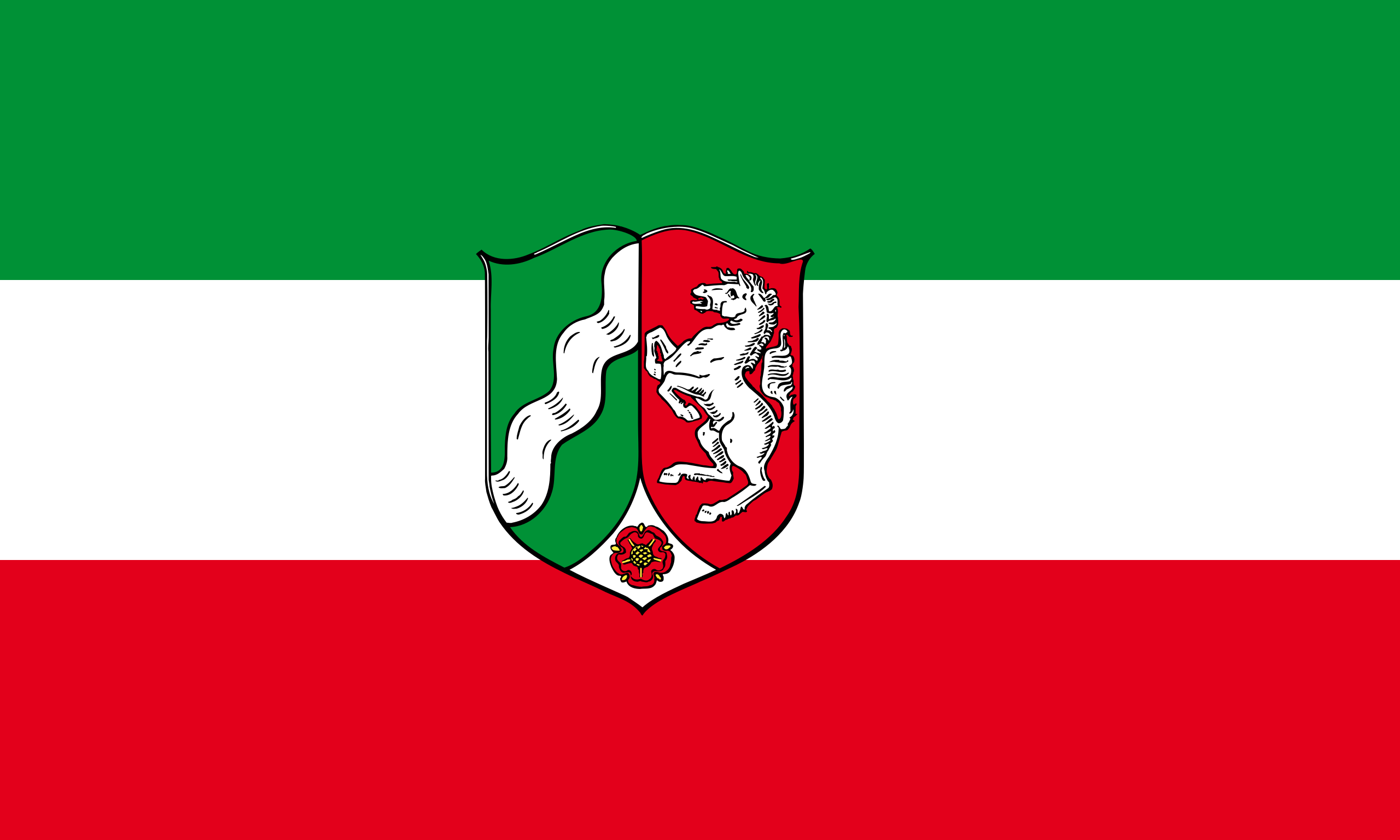 North Rhine-Westphalia
North Rhine-Westphalia

 Companies
Companies
 *Largest electricity companies
*Largest electricity companies

 Economy and trade
Economy and trade



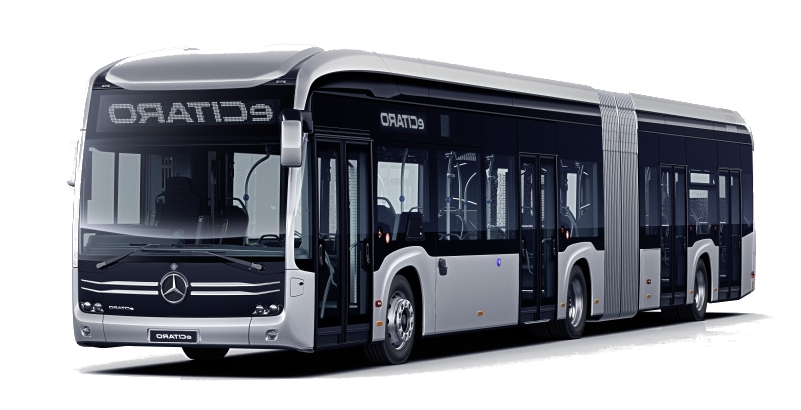
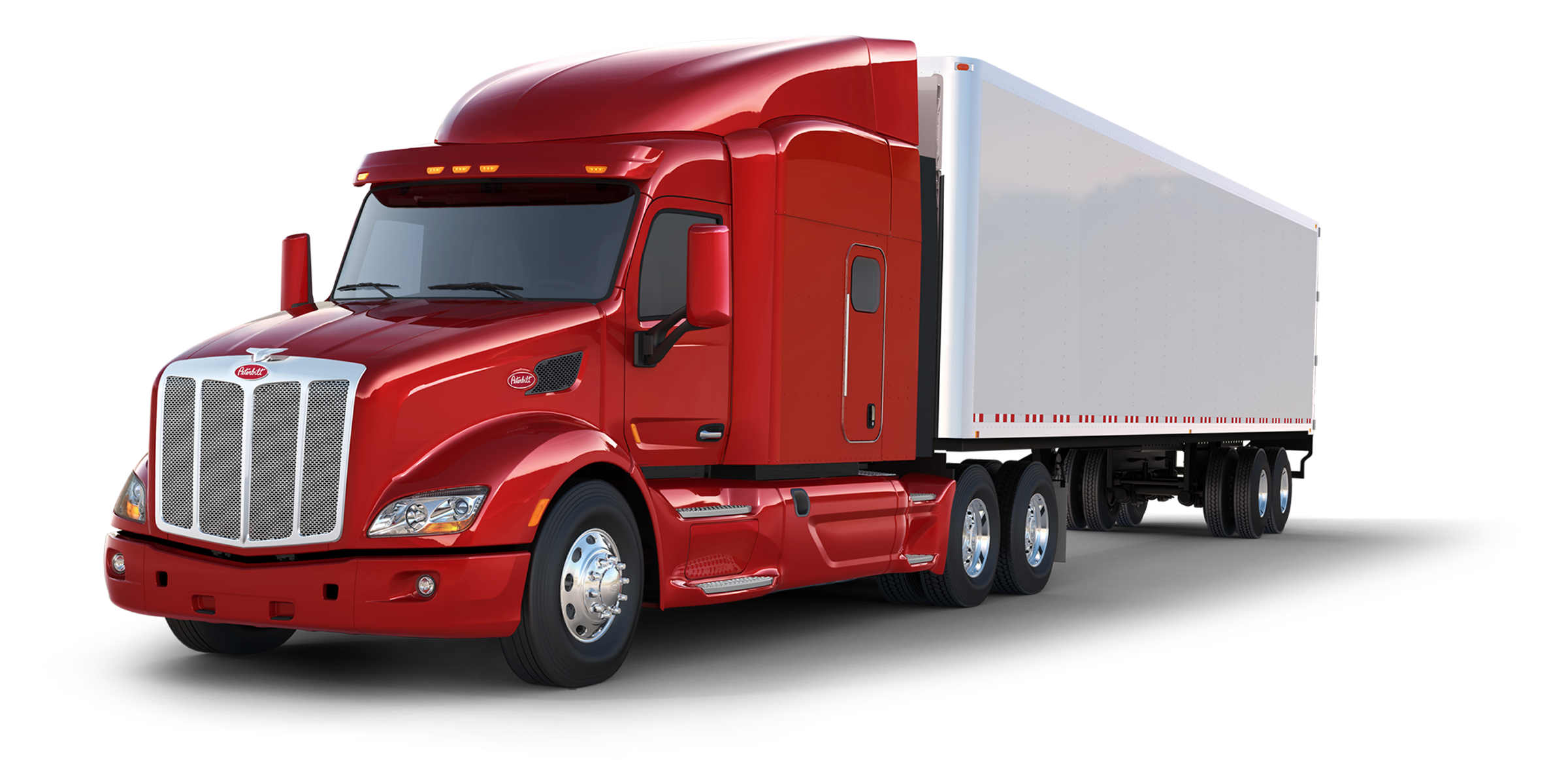 Automobile
Automobile
 ***Technology
***Technology



 Automobile
Automobile
 *Self-driving car
*Self-driving car

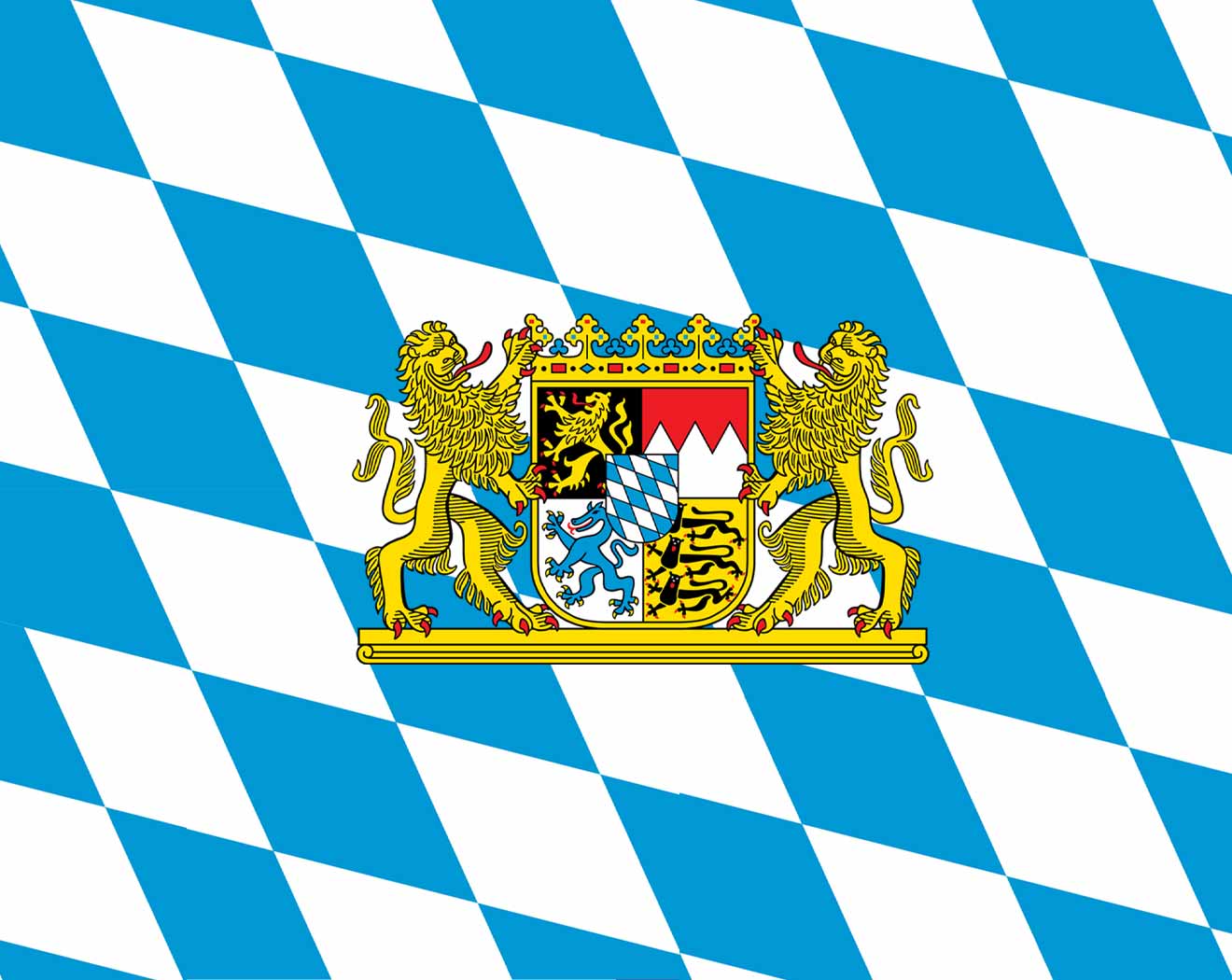 Bavaria
Bavaria
 Germany
Germany


 IT-Times
IT-Times
 IC
IC


 IT-Times
IT-Times
 Semiconductor technology
Semiconductor technology


 IT-Times
IT-Times
 Sensor
Sensor


 IT-Times
IT-Times
 MCU
MCU


 IT-Times
IT-Times
 Driver assistance systems
Driver assistance systems

 Companies
Companies
 *Big semiconductor manufacturer
*Big semiconductor manufacturer

 Science and technology
Science and technology
 Global Innovators
Global Innovators


座落在巴伐利亚中心的英戈尔施塔特(Ingolstadt),是一座充满生机的魅力之城,变化多端,值得一游。这座城市将历史、传统和现代魔法般地融合在一起。我们诚挚地邀请您一探英戈尔施塔特之城。
整修一新的可爱的三角墙宅第、气势宏伟的大门、高高耸立的塔楼以及那些令人深刻印象的堡垒,都散发着老城的魅力。您可尽情体验英戈尔施塔特琳琅满目的餐厅和商店,还有全年开放着的充满诱惑的市场。
在英戈尔施塔特奥迪中心(Audi Forum Ingolstadt)的“汽车博物馆”中漫步,你就能明白为什么英戈尔施塔特作为汽车制造中心而享有这么高的国际声誉。
在精品购物点汇聚的“英戈尔施塔特购物村”,您在高雅的品位上领略独一无二的Outlet精品折扣购物。可互见本站内之世界名牌购物村。(Quelle:http://www.bayern.cn/stopover/ingolstadt.html)
 Eat and Drink
Eat and Drink
 Music
Music
 Performing Arts
Performing Arts
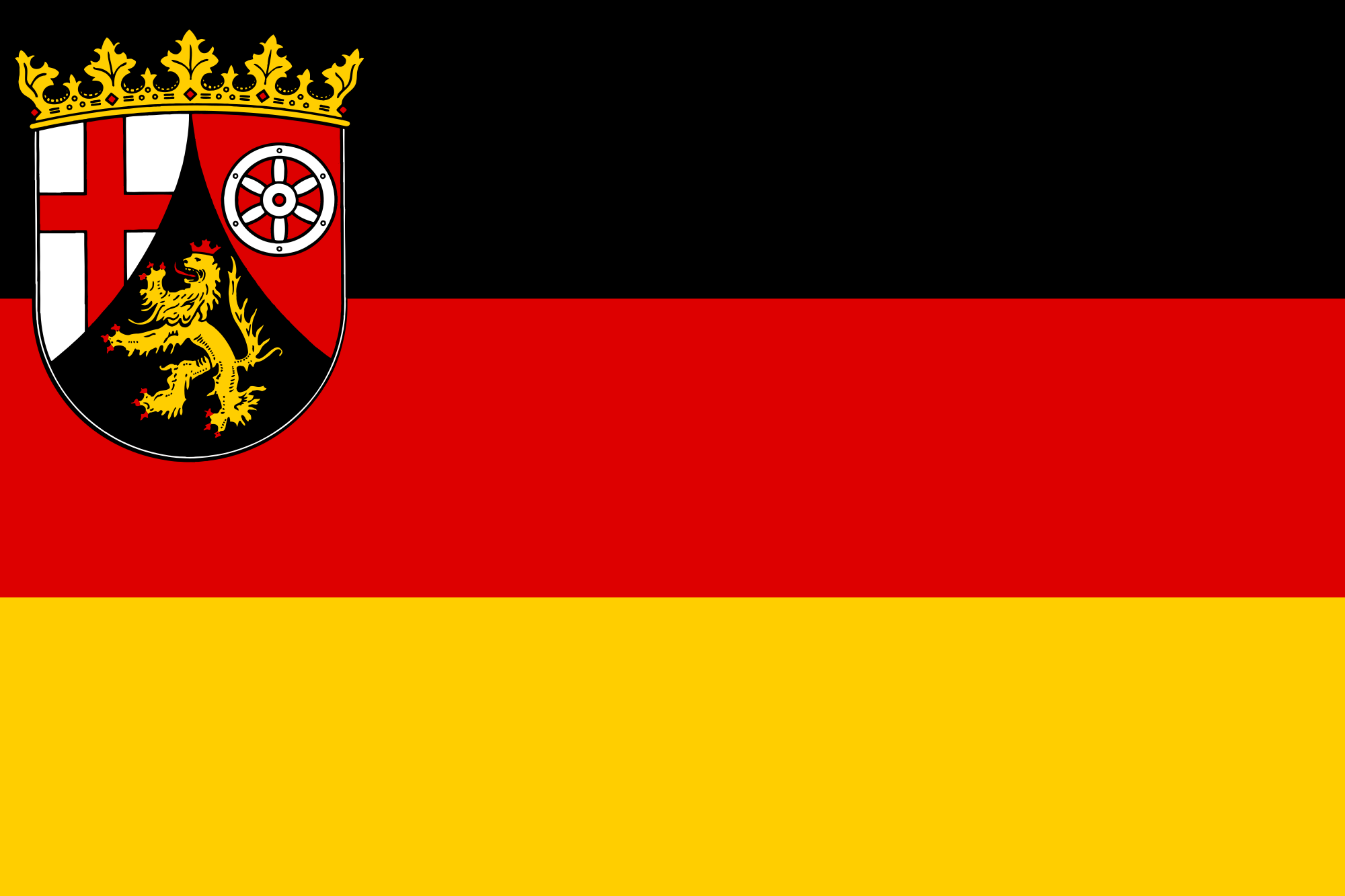 Rhineland-Palatinate
Rhineland-Palatinate
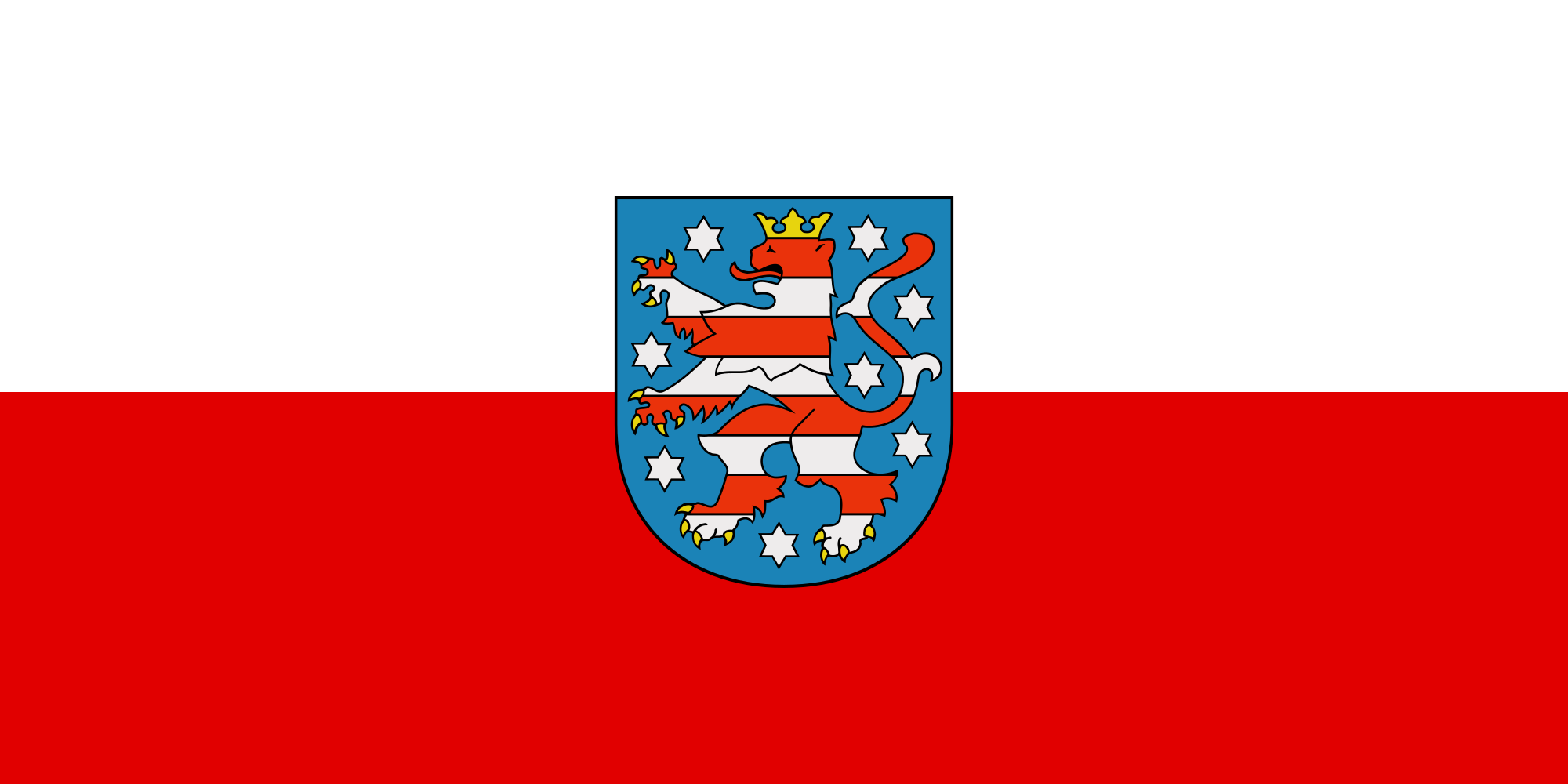 Thuringia
Thuringia
 Motorsport
Motorsport
 Geography
Geography
 Architecture
Architecture
 International cities
International cities